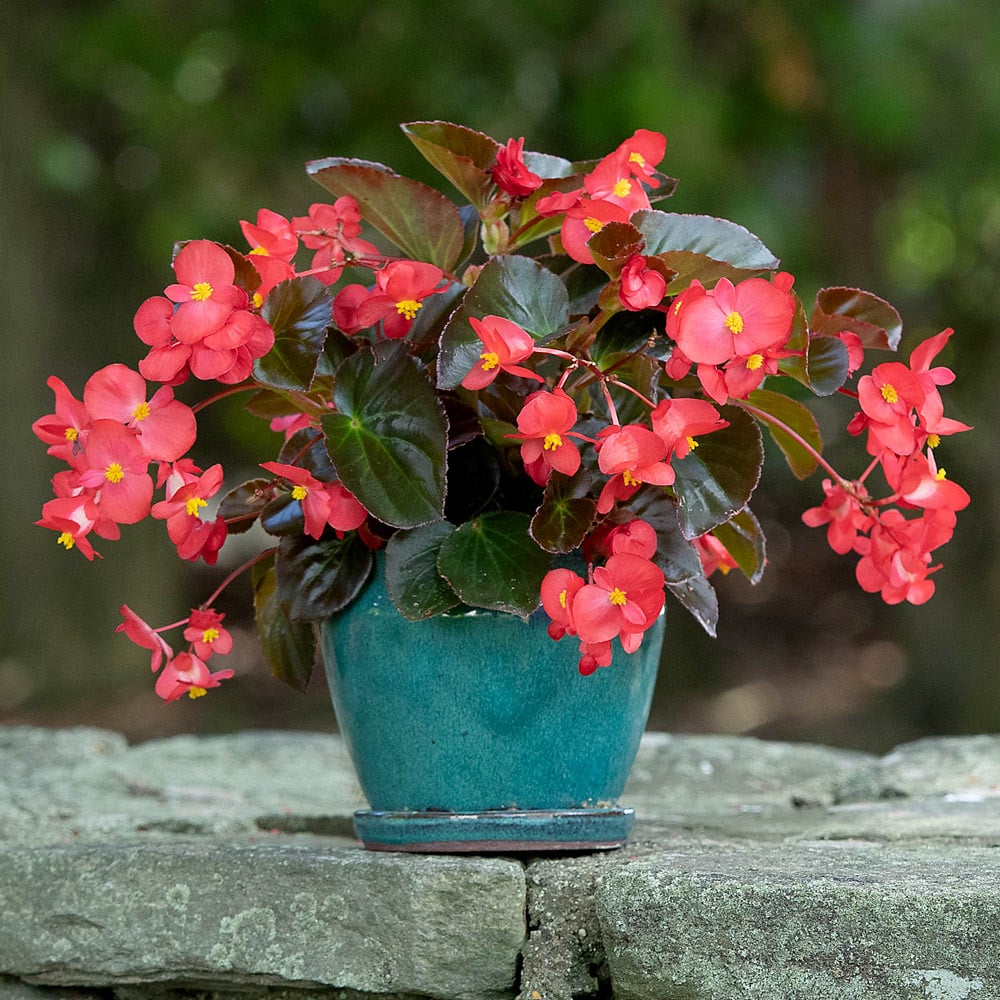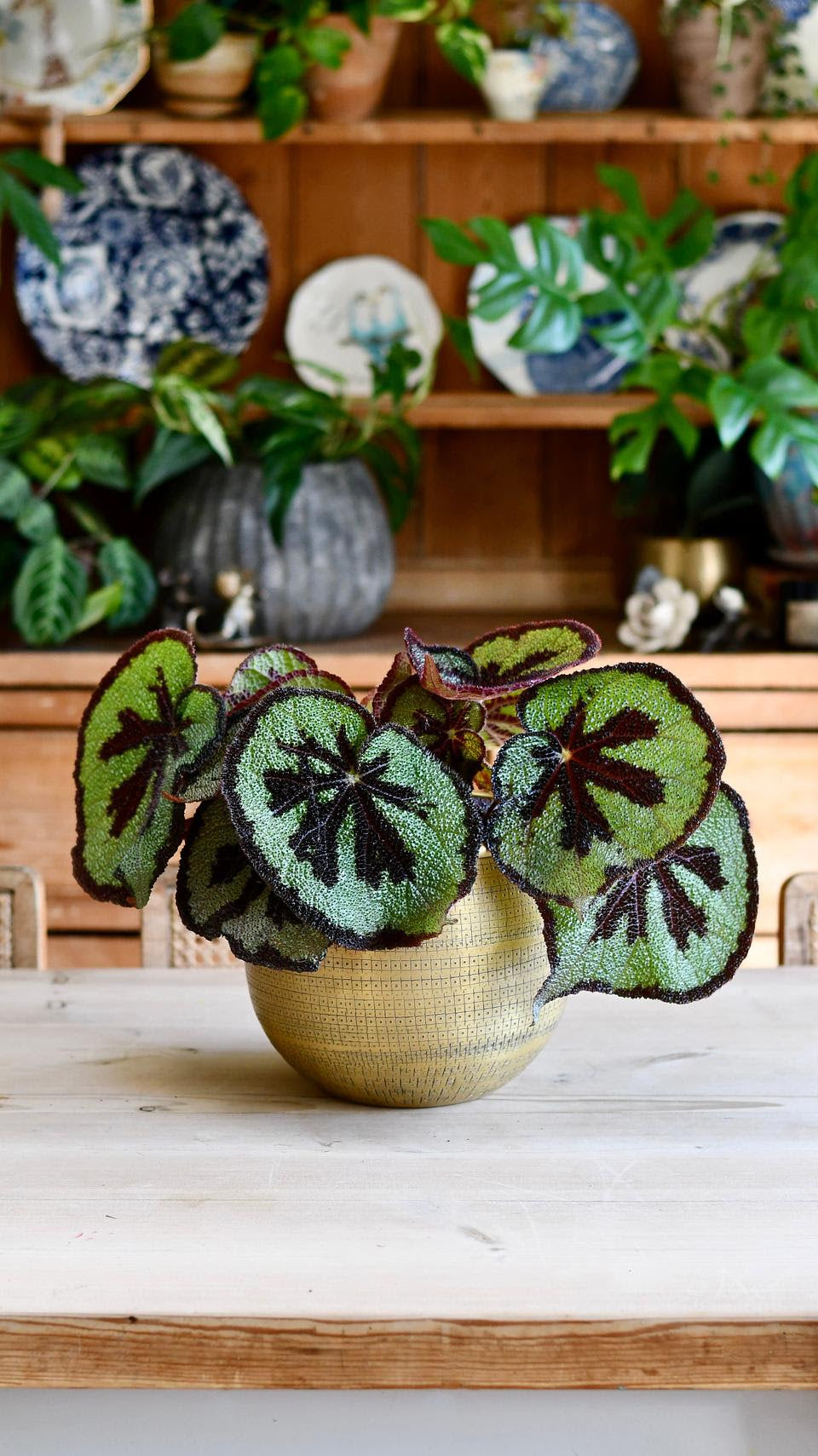Begonias: A World of Beauty and Diversity
The genus Begonia was named after Michel Bégon, a French colonial administrator and patron of botany. These plants are native to tropical and subtropical regions of Asia, Africa, and the Americas. Over centuries, begonias have been cultivated and hybridized to create a vast range of cultivars, each with its unique characteristics.

Begonias can be broadly classified into three main groups based on their growth habits:
1. Fibrous-Rooted Begonias
These begonias are characterized by their fibrous root system and upright growth habit. They are popular for their showy flowers and are often used in hanging baskets or as bedding plants. Some popular varieties include:
Wax Begonias: Known for their glossy, waxy leaves and vibrant blooms, wax begonias are ideal for adding a splash of color to gardens and containers.
2. Rhizomatous Begonias

Rhizomatous begonias have thick, fleshy rhizomes that spread along the soil surface. They often produce large, striking leaves and colorful flowers. Some popular varieties include:
Iron Cross Begonia: This variety features dark green leaves with a distinctive brown cross-shaped pattern.
3. Cane Begonias
Cane begonias are characterized by their upright, cane-like stems and large, often asymmetrical leaves. They can grow quite tall and are perfect for creating dramatic indoor displays. Some popular varieties include:
Dragon Wing Begonia: This variety is known for its long, cascading stems and vibrant red or pink flowers.
:strip_icc()/102314940_preview-f5dd335e0a224fc3a7bdf884255927a2.jpg)
Begonias are relatively easy to care for, but they do have specific requirements:
Light: Most begonias thrive in bright, indirect light. Avoid direct sunlight, especially during the hottest parts of the day.

Begonias can be susceptible to a variety of pests and diseases, including:
Mealybugs: These small, white, cottony insects can infest plants and damage their leaves.
To prevent and control pests and diseases, it’s important to maintain good cultural practices, such as avoiding overcrowding, providing adequate ventilation, and regularly inspecting your plants for signs of infestation or disease.

Begonias can be propagated through a variety of methods, including:
Leaf cuttings: This method is suitable for many types of begonias. Simply cut a healthy leaf and place it on top of moist potting mix. New plantlets will develop from the leaf veins.
Begonias are a diverse and captivating group of plants that can add beauty to any home or garden. With their stunning blooms and intricate foliage, they are sure to impress. By following the tips provided in this article, you can successfully grow and enjoy these wonderful plants for years to come.
Begonias Plant
